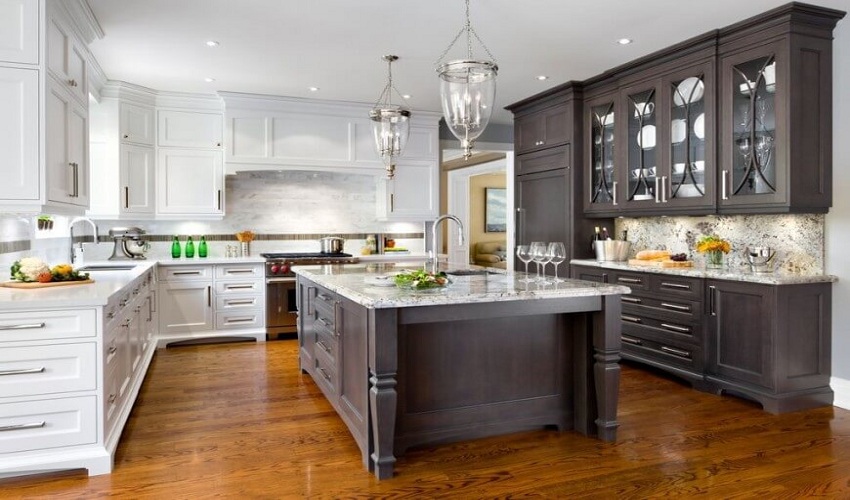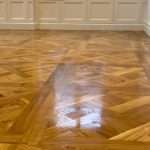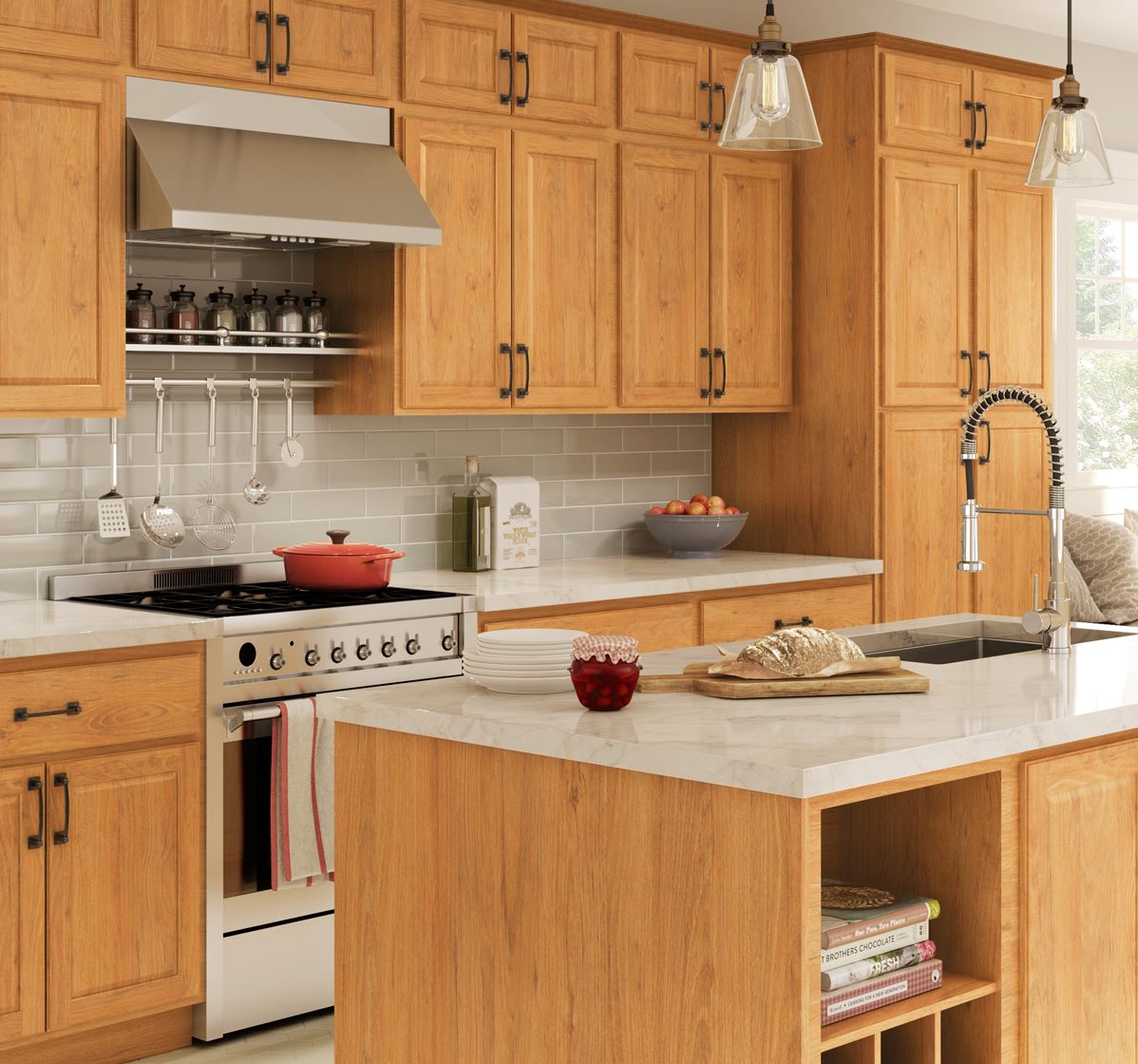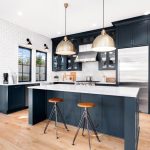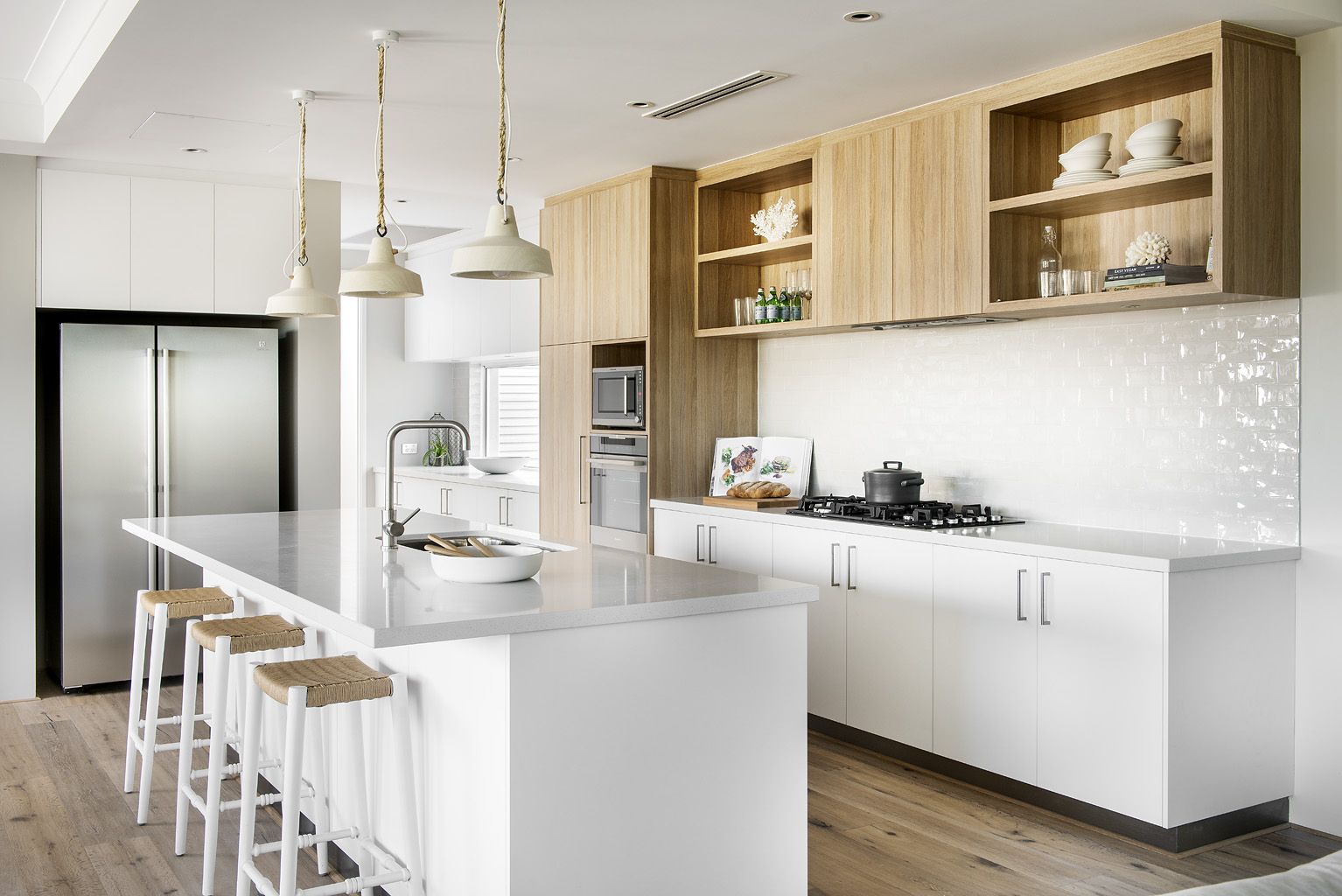Why Epoxy Flooring Still Matters in 2025–2026
The epoxy flooring market continues to grow steadily. Demand is being driven not just by industrial and commercial projects, but also by homeowners who see the value in durable, low-maintenance, design-flexible surfaces. Competitive pressures and sustainability requirements are pushing innovations in material formulations, curing technologies, and hybrid systems.
So yes — epoxy is not a fad. But the winners will be those who combine performance, aesthetics, sustainability, and smart integration. For advanced epoxy flooring solutions, visit EG CORE.
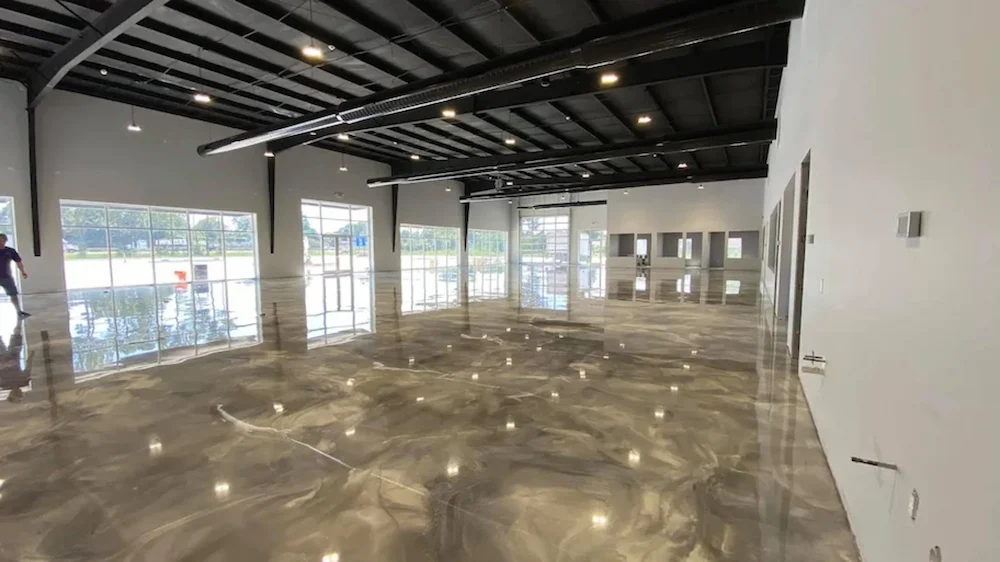
Content
Key Trends to Watch in 2025–2026
| Trend | What it means / how it shows up | Why it matters |
|---|---|---|
| Metallic & “liquid metal” finishes | Swirling pigments, pearlescent additives, 3D effects, almost like melted metal or marble in motion. | Makes epoxy a visual centerpiece rather than just a utilitarian surface. |
| Matte, satin, and textured finishes over high gloss | Less glare, more subtlety, more forgiving to imperfections. | In real buildings, gloss shows every scratch or bubble — going “less shiny” makes sense. |
| Seamless, hygienic surfaces / low-maintenance systems | Epoxy systems that remove joints, reduce grout or crevices, and are easier to clean in commercial or healthcare settings. | As facilities tighten hygiene, floors must help, not hinder. |
| Sustainability & low-VOC / eco-friendly formulas | Formulations with reduced volatile organic compounds, greener resins, and better environmental profiles. | Regulatory pressure and consumer awareness are real — ignoring green credentials is risky. |
| Hybrid & fast-curing systems (epoxy + polyaspartic / polyurethane blends) | Systems that cure faster, tolerate temperature and moisture better, or add specific properties (UV stability, abrasion resistance). | Faster installation = lower downtime, which clients love. |
| Integration with smart/flexible surfaces (conductive / sensor-embedded) | Floors that can monitor load, static, wear, or embed sensors. | For industrial, labs, or “smart building” projects, the floor becomes a data layer. |
| Custom patterns, zones, branding & transitions | Using epoxy to delineate zones, brand identity (logo in floor), or shift textures/colors within one space. | A way for architects/designers to make floors expressive, not generic. |
| Earthy & “natural” tones, subtle accents | Neutral palettes with bursts of color or texture for balance. | Floors anchor spaces instead of competing visually with everything else. |
| Durability enhancements for climate / moisture | In humid, variable climates, better moisture tolerance, crack prevention, and UV stability are crucial. | Many epoxy failures come from environmental mismatch. |
| Blurring boundaries with polished concrete, terrazzo, overlays | Epoxy coatings mimicking terrazzo or combining with polished concrete. | Allows design flexibility while leveraging structural concrete. |
Predictions: What’s Going to Win (and What Might Fail)
- Winner: Projects that combine performance, appearance, and environmental credentials. Example: a metallic epoxy lobby floor that also uses a low-VOC system.
- High adoption: Fast-curing / hybrid systems. For large commercial jobs, the ability to accelerate timelines can tip the decision.
- Winner: Local adaptation. In hot or humid climates, epoxy systems that resist moisture and thermal stress will dominate.
- Risk: Overdone 3D effects or metallic “fad” floors that don’t age well. Trendy today doesn’t always translate into timeless in 10 years.
- Wild card: Floors as sensors or “living systems.” Embedded monitoring (load, foot traffic, micro-cracks) could shift how we think of industrial & commercial floors.
Marketing Angle for Flooring Businesses
If you’re offering epoxy flooring services, you’ll want to ride these trends (not fight them):
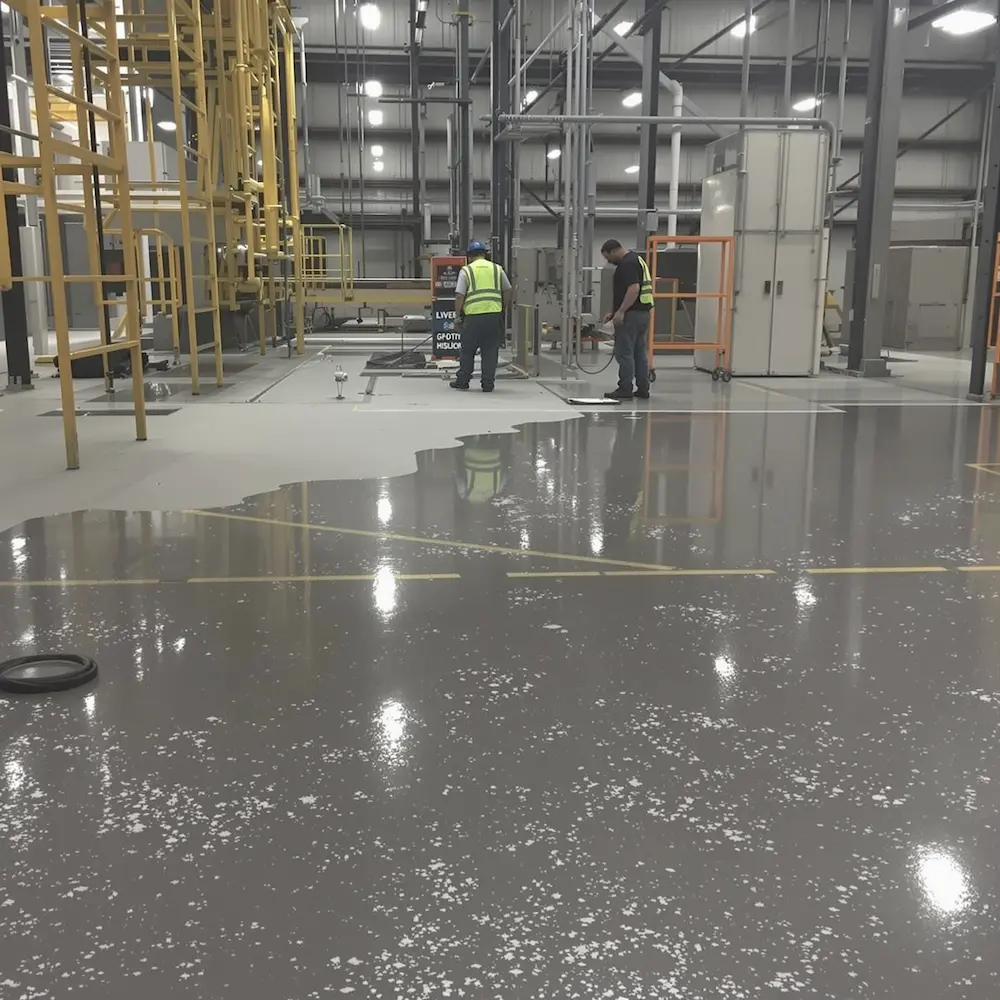
- Showcase design case studies — before/after metallic, custom branding, matte vs gloss.
- Lead with performance and warranty — clients want durability and low maintenance.
- Certify your eco / low-VOC credentials — build trust with environmentally conscious buyers.
- Offer hybrid / fast-track options — less downtime means happier clients.
- Adapt to climate — tailor systems for humidity, temperature, and UV exposure.
- Leverage digital tools — AR/VR visualizers, interactive floor configurators, or sensor data dashboards.
Closing Thoughts
In 2025–2026, epoxy flooring isn’t just about “throwing resin on concrete.” The battle is won by those who marry aesthetics, durability, sustainability, and intelligent integration. The clients who will pay premium prices are the ones who see the floor as part of the curated experience, not just a cost center.
Learn more about innovative epoxy flooring solutions at EG CORE.

My name is Gwen Elmore. I post about home improvement ideas and how to make your home look beautiful and liveable. I hope my posts will help you with your DIY projects!

